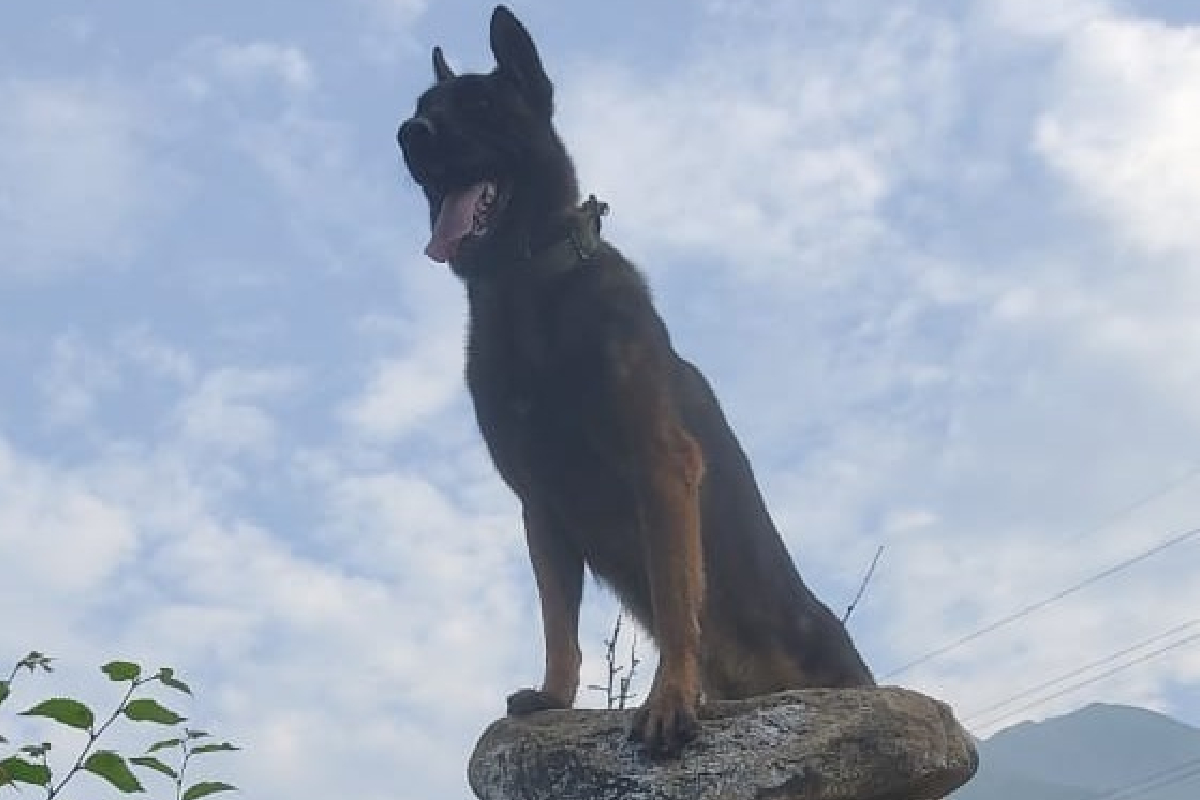A valiant effort from a lionhearted assault canine helped security forces kill two Lashkar-e-Toiba (LeT) terrorists in a joint operation launched by the Indian Army, Central Reserve Police Force (CRPF) and Jammu and Kashmir Police in Anantnag district on Monday.
An army spokesperson said one soldier and assault dog Zoom were also injured in the cordon and search operation. J&K Police identified the slain terrorists as Asif Ahmad Rishi and Wakeel Ahmad Bhat.
The joint operation was launched in the wee hours of Monday following specific inputs regarding the presence of two dreaded terrorists, infamous for their nefarious activities against common citizens, whose movements had been tracked for the past few months.
While the parties were approaching the target area, the terrorists opened indiscriminate automatic fire while lobbying grenades, resulting in the injury of one brave soldier.
“The terrorists took refuge in the house of a local citizen. Sensing the danger to the lives of innocent villagers in the area, the Army troops held their fire and started evacuating civilians from the target area,” Army said.
“However, the terrorists opened fire on the civilians being evacuated. An army jawan sprung into action to save precious lives, as his valiant effort injured one of the terrorists. However, the soldier got hit, but not before he and his team ensured the complete safety of the civilians,” the army added.
As the terrorists entrenched themselves inside the house, the army brought in their assault canine ‘Zoom’ to pull the terrorists out of hiding.
“Zoom approached the target stealthily and pounced upon the terrorist,” the army said. “Despite suffering serious injuries, Zoom was successful in de-stabilising the terrorists, who were then effectively neutralised by the precision fire of the troops,” the Army said, adding, “Valiant Zoom is presently battling for his life at a Military Veterinary Hospital.”

